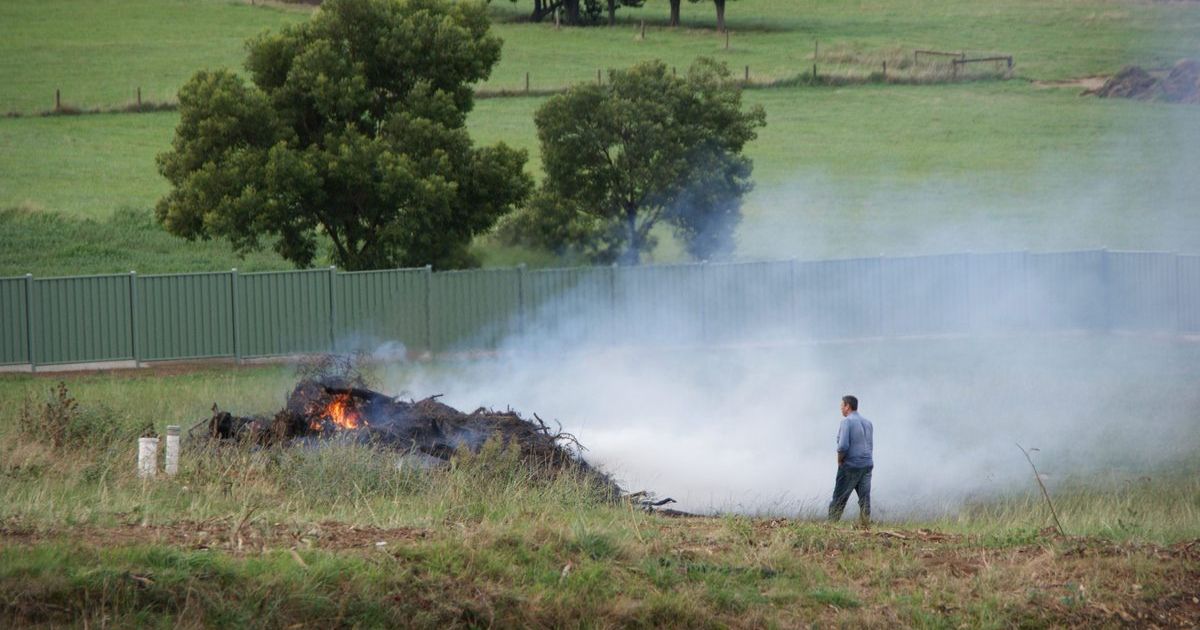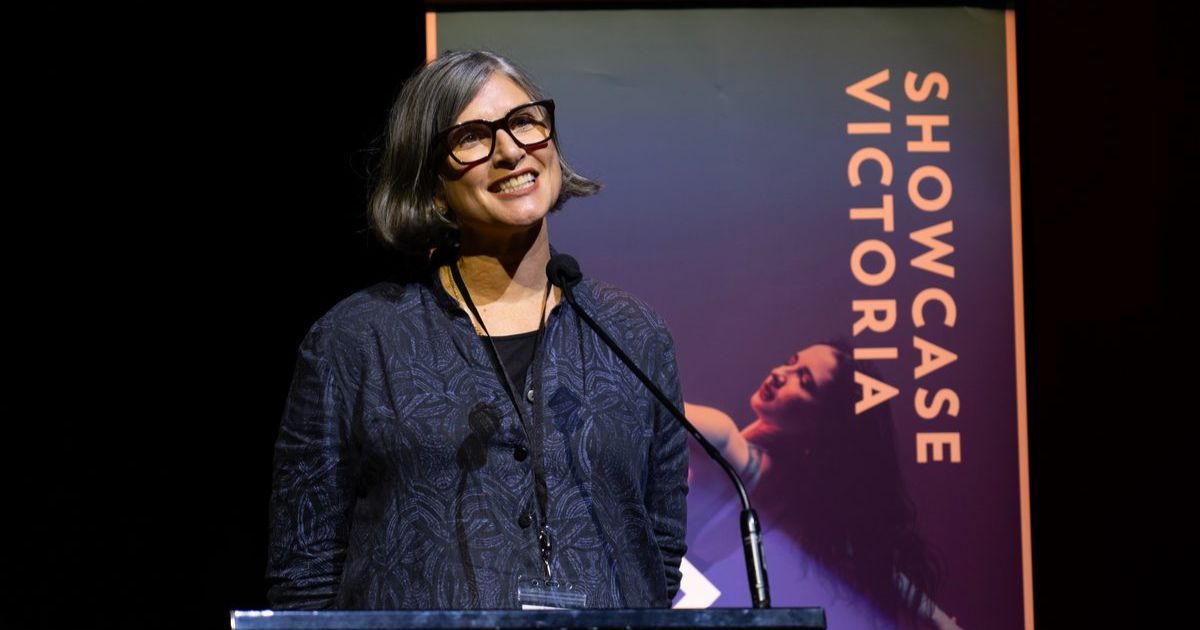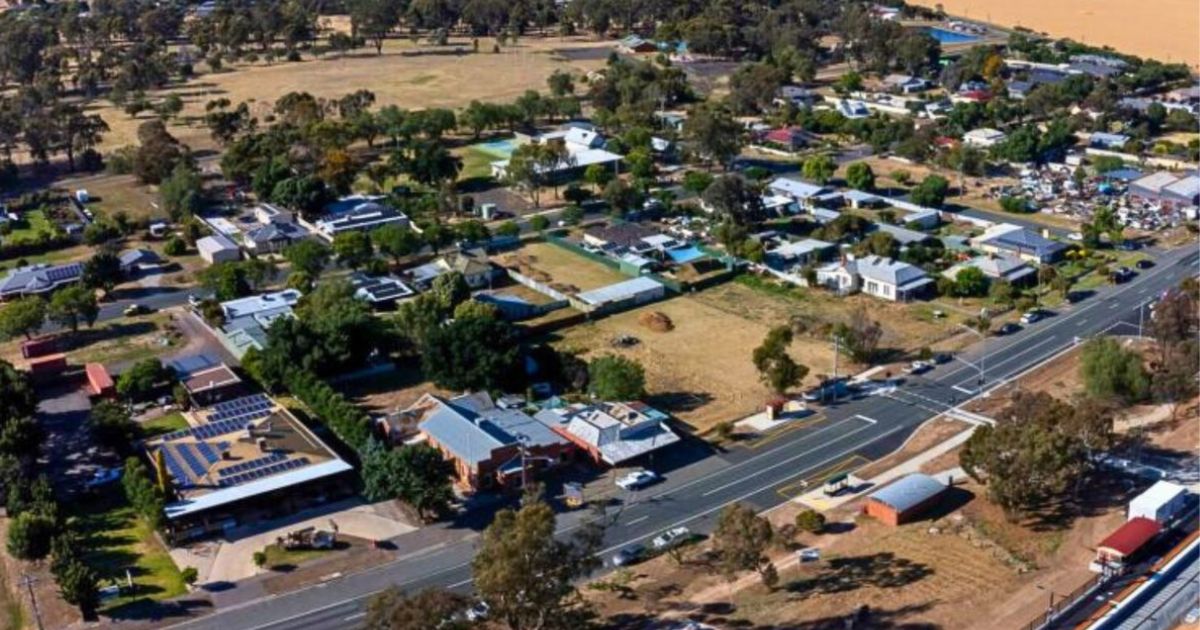Census snapshot shows region growing

Local stats: The 2021 Australian Bureau of Statistics national census shows how much Bendigo’s population increased over five years. Photo: FILE
BENDIGO’S population has grown, is less religious, and earning more money, according to the Australian Bureau of Statistics census data released late last month.
The region’s population has grown from 153,092 in 2016 to 167,764 in 2021, however the ratio of men to women has remained the same, with 51.2 per cent female.
The median age has increased by one to 43 years old with the Australian median age at 38 and women making 50.7 per cent of the total population.
Over 22 per cent of the Greater Bendigo population said they live with one long-term health condition, and 7.8 per cent said they live with two.
There are 44,770 families living in the region, up by over 5000 from 39,465 in 2016.
The median weekly household income has increased by just under $300 to $1432, and weekly rental payments up by $50 to a median of $300.
The median weekly personal income is $729 in Bendigo, $76 less than the national median of $805.
Over 3300 people in the region identify as Aboriginal or Torres Strait Islander, which represents two per cent of the municipality’s population, working out to a rise from 2267 people in 2016.
There are more than 810,000 Indigenous Australians nationally, a 25 per cent increase since 2016.
ABS statistician David Gruen said the numbers represent more than a jump in the actual population, also showing “an increasing number of people who self-identify” as Indigenous.
“The 2021 census data shows an increase of about 50 per cent in the number of Indigenous people over the age of 65,” Dr Gruen said.
The top ancestry in Greater Bendigo is English, followed by Australian, Irish, Scottish, and German.
The top country of birth is Australia, followed by England, New Zealand, India, Philippines, and Thailand while one per cent of the population speaks Karen, a growth of 0.4 per cent from 2016.
There has also been a significant change in people identifying as religious.
In 2016, 56,799 people, 37.1 of the population, identified as having no religious affiliation, however in 2021, 80,919 people said they were not religious, almost half of the population.
This trend is reflected in the national data, with 38.9 per cent of the population reporting no religious affiliation compared to 30.1 per cent in 2016.
The national census was conducted in August 2021 at a time of COVID-19 restrictions and lockdowns. There were two million extra people at home on census night compared to 2016.
– WITH AAP


















